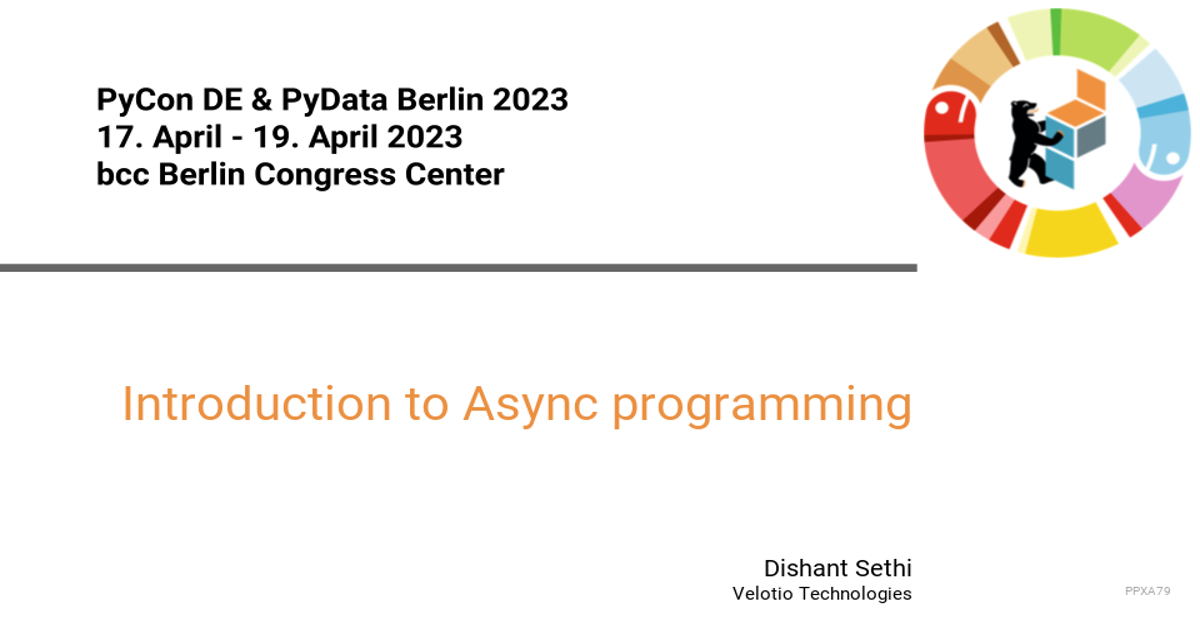Introduction to Async programming
Dishant Sethi
Asynchronous programming is a type of parallel programming in which a unit of work is allowed to run separately from the primary application thread. Post execution, it notifies the main thread about the completion or failure of the worker thread. There are numerous benefits to using it, such as improved application performance, enhanced responsiveness, and effective usage of CPU.
Asynchronicity seems to be a big reason why Node.js is so popular for server-side programming. Most of the code we write, especially in heavy IO applications like websites, depends on external resources. This could be anything from a remote database POST API call. As soon as you ask for any of these resources, your code is waiting around for process completion with nothing to do. With asynchronous programming, you allow your code to handle other tasks while waiting for these other resources to respond.
In this session, we are going to talk about asynchronous programming in Python. Its benefits and multiple ways to implement it.
Dishant Sethi
Affiliation: Velotio Technologies
I am a software engineer who loves being a problem solver. I am equipped with experience in web development, Cloud Engineering, and DevOps. I am self-motivated and able to work independently with minimal supervision. My experience in software development from open-source contributions, internships, and personal projects gives me confidence in my ability to be fit for the role.
I am passionate about supporting the education system and meeting new people. I believe in free and open information/internet access for everyone.
Interested in opportunities to contribute as: ♦ Web Developer ♦ System / Cloud Engineer ♦ DevOps
Talk to me about: ♦ Web Development Practices ♦ Free and Open Source Software (FOSS) Community ♦ Starting Software Engineering Journey
visit the speaker at: Github

